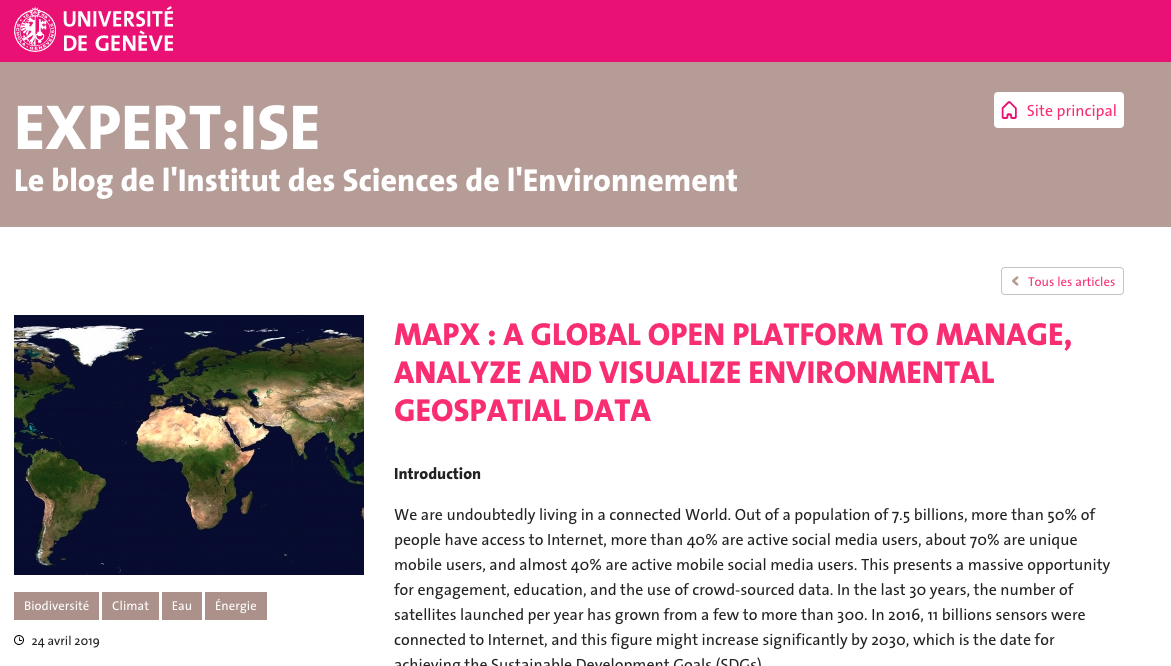MapX: an open geospatial platform to manage, analyze and visualize data on natural resources and the environment
Description
We are undoubtedly living in a connected World. Out of a population of 7.5 billions, more than 50% of people have access to Internet, more than 40% are active social media users, about 70% are unique mobile users, and almost 40% are active mobile social media users. This presents a massive opportunity for engagement, education, and the use of crowd-sourced data. In the last 30 years, the number of satellites launched per year has grown from a few to more than 300. In 2016, 11 billions sensors were connected to Internet, and this figure might increase significantly by 2030, which is the date for achieving the Sustainable Development Goals (SDGs).
Unfortunately, this Big data comes with numerous core problems to solve, and especially in the challenging context of low- and middle-income countries. First, the data is often extensively fragmented or dispersed across multiple ministries, initiatives or databases that are not always interoperable. Second, the data is often locked down in PDF documents or in proprietary files. Third, information is often not inter-comparable, due to inconsistent data monitoring and analytical methods. Fourth, data is often duplicated, and siloed at the same time, which has significant cost implications. Fifth, the data that is generated requires in many cases complex analysis and interpretation. Finally, some of the data is contested or not trusted by certain stakeholders, with a perception of bias. The outcome of these issues is the creation of significant information asymmetries among stakeholders. In the extractives sector, for example, information asymmetries are frequently exploited by stakeholders (essentially Government and the private sector) during contract negotiations to obtain favorable contract terms. These issues are strengthened by the fact that geospatial data are not always free, that not all stakeholders have a culture of geospatial data use, and that the generated data have a high heterogeneity in terms of geographical scale.
However, this heterogeneity also raises interesting opportunities. For example, global products can fill the gap of uncomplete or missing data in some areas, and national data can support validation of global products in national contexts. To address these challenges and benefit from these opportunities we need to transform raw data into wisdom in order to inform decisions and investments, and to empower consumers and citizens. One challenge is to keep this transformation process up-to-date.
